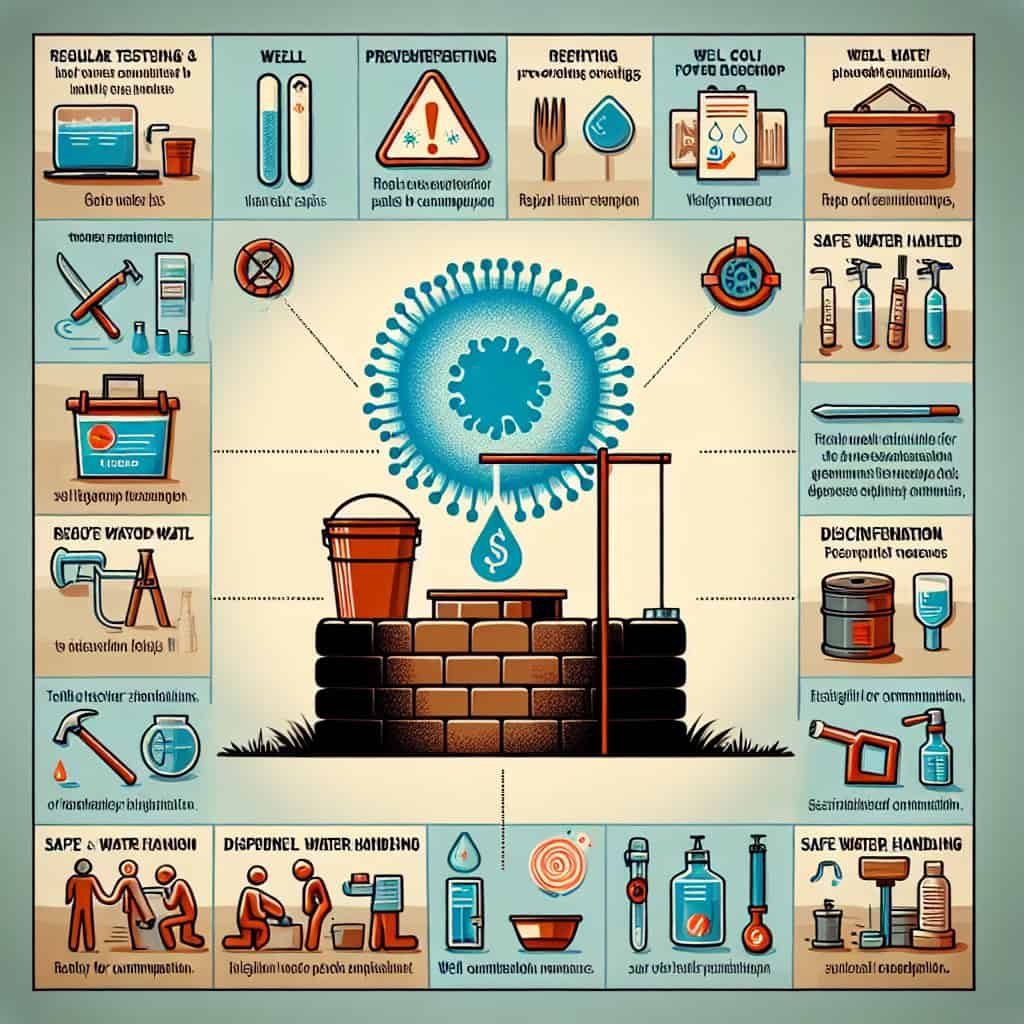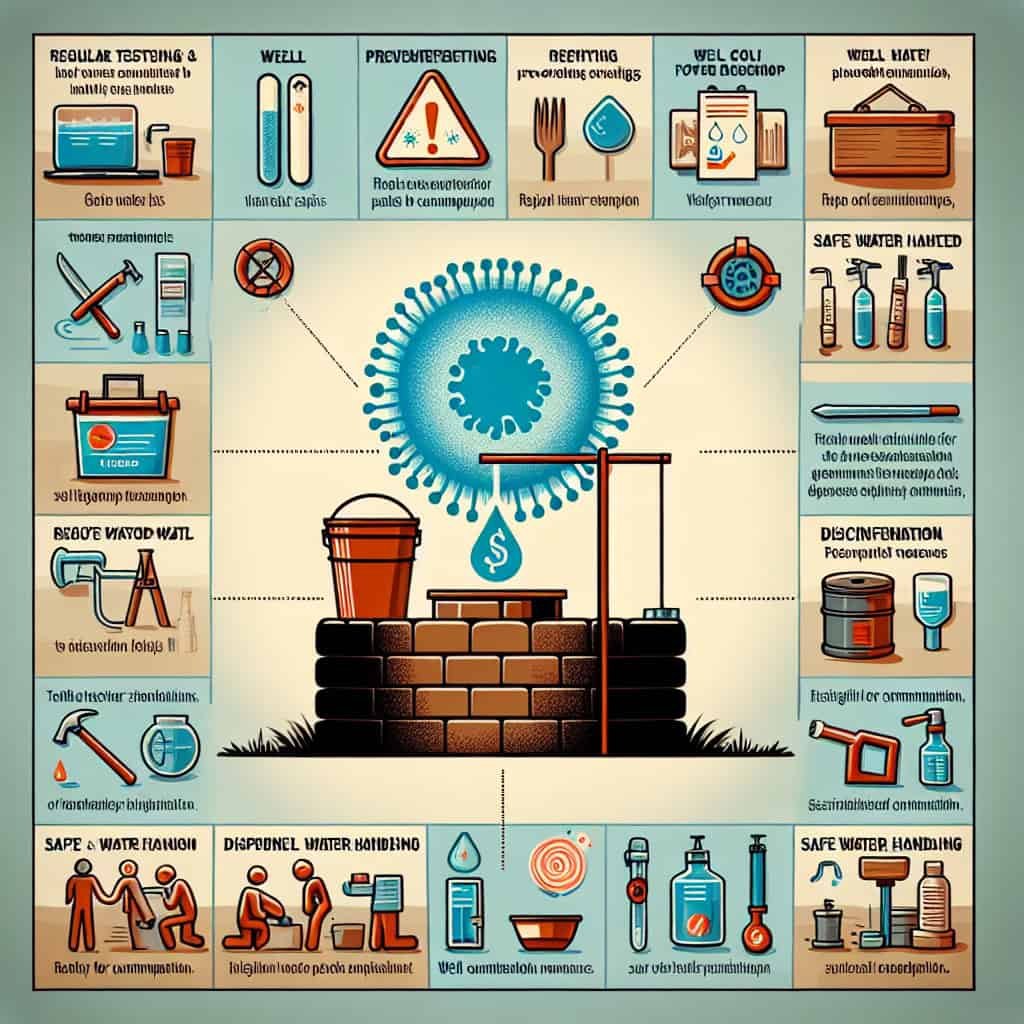Living in a rural area with a well as your primary source of water has its perks, but it also comes with certain challenges. One of the most pressing concerns is the potential contamination of your well water by E. coli bacteria. Nobody wants to deal with the risks and health issues associated with E. coli, but luckily, there are measures you can take to prevent its contamination. By implementing a few simple practices and being mindful of your surroundings, you can ensure that your well water remains safe and clean for you and your family to enjoy.
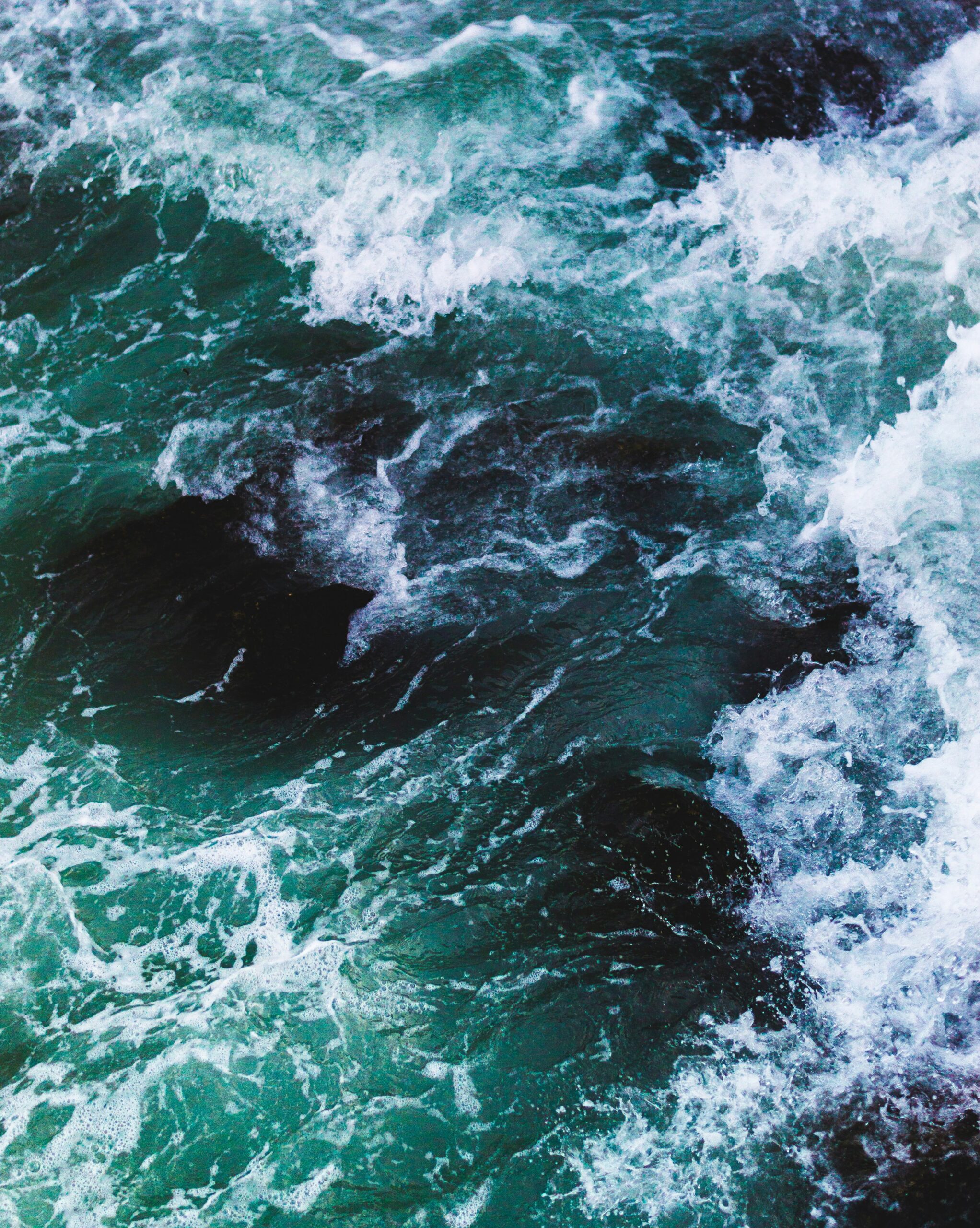
Testing and Monitoring Well Water
Regular Water Testing
Regular testing is an essential step in ensuring the safety and quality of your well water. By conducting routine water testing, you can identify potential contaminants early on and take appropriate measures to address them. The frequency of testing may vary depending on factors such as the location of your well and local regulations. It is generally recommended to test your well water at least once a year or more frequently if you notice any changes in water quality or suspect contamination.
Understanding E. Coli Testing Results
E. coli is a bacteria commonly found in the intestines of humans and animals. While most strains of E. coli are harmless, some can cause serious illnesses and infections, especially when present in water sources. When testing your well water for E. coli, it is crucial to understand the results. If E. coli is detected, it indicates that your water is contaminated with fecal matter and poses a substantial health risk. In such cases, immediate action must be taken to disinfect the well and address the contamination source.
Monitoring Well Conditions
Apart from regular testing, it is important to regularly monitor the overall condition of your well. Inspect the well for any physical damage, cracks, or signs of deterioration regularly. Check for any unusual smells, tastes, or changes in water appearance. If you notice any issues, it is advisable to seek professional assistance to assess and rectify the problem promptly. Monitoring well conditions proactively can help prevent potential contamination and maintain the integrity of your water source.
Protecting the Well Source
Maintaining a Safe Distance from Potential Sources of Contamination
Preventing contamination at the source is crucial in ensuring the safety of your well water. It is important to maintain a safe distance between your well and potential sources of contamination such as septic tanks, livestock areas, or cesspools. Establish appropriate setback distances as recommended by local regulations to minimize the risk of contamination from these sources. By keeping contaminants away from your well source, you can significantly reduce the chances of E. coli and other harmful bacteria entering your water supply.
Ensuring Proper Well Construction
Proper well construction plays a vital role in preventing contamination. If you are building a new well or repairing an existing one, it is essential to work with a qualified professional who can ensure that the well is constructed according to recommended standards and practices. This includes appropriate casing, sealing, and grouting to prevent surface water from entering the well. Proper well construction reinforces the physical barriers that protect your water from potential contaminants and helps maintain water quality.
Implementing a Protective Well Cap
A protective well cap serves as a barrier between your well and external elements. It is important to ensure that your well is equipped with a securely fitted, properly designed, and maintained well cap. The well cap should be constructed from durable materials that can withstand environmental conditions. A well cap prevents insects, debris, and other contaminants from entering the well and safeguarding your water quality. Regularly inspect the well cap for any signs of damage or deterioration and replace it if necessary.
Well Maintenance and Upkeep
Cleaning and Disinfecting the Well
Regular well cleaning and disinfection are crucial in maintaining the quality of your well water. Over time, bacteria, sediment, and other contaminants can accumulate in the well, compromising the safety of your water supply. Cleaning the well involves removing any debris, sediment, and biofilms that may have formed. Disinfection typically involves using chlorine or other approved disinfectants to eliminate bacteria and other harmful microorganisms. It is important to follow proper procedures and guidelines when performing well cleaning and disinfection, as improper techniques can cause more harm than good.
Properly Sealing and Insulating the Well
Proper sealing and insulation of the well can help prevent surface water from entering the well and contaminating the water supply. Inspect the well casing and ensure there are no cracks or gaps that may allow the entry of contaminants. Sealing any potential entry points with appropriate materials can help maintain the integrity of the well and protect against contamination. Additionally, insulating the well can help protect against freezing temperatures and minimize the risk of damage to the well structure.
Keeping Surrounding Areas Well-Maintained
The condition of the surrounding area can also impact the safety of your well water. Make sure to keep the immediate vicinity of the well clean and well-maintained. This includes preventing the accumulation of debris, trash, or any potential sources of contamination near the well. Avoid using harmful chemicals, pesticides, or fertilizers in the vicinity of the well as they can leach into the groundwater and contaminate the well water. A clean and well-maintained environment around the well helps minimize the risk of contamination and ensures the integrity of your water supply.
Appropriate Water Treatment
Disinfecting Water with Chlorine
Chlorine is an effective and commonly used method for disinfecting water. It helps kill bacteria, viruses, and other harmful microorganisms that may be present in the well water. Chlorination is a relatively simple process that involves introducing a measured amount of chlorine into the water supply. The chlorine gradually disinfects the water as it travels through the plumbing system, ensuring that it remains safe to drink. However, it is important to follow recommended guidelines and dosages when using chlorine for water disinfection to avoid overchlorination or underchlorination.
Installing UV Water Purification Systems
UV water purification systems utilize ultraviolet light to disinfect water. These systems are highly effective in destroying bacteria, viruses, and other microorganisms without using any chemicals. UV water purification systems are typically installed at the point of entry, where the water enters your home or at the wellhead itself. The UV light penetrates the water and disrupts the DNA of microorganisms, rendering them unable to reproduce and causing their eventual destruction. Installing a UV water purification system can provide an additional layer of protection against E. coli and other harmful contaminants in your well water.
Considering Other Water Treatment Options
Apart from chlorination and UV purification, there are various other water treatment options available to address specific water quality concerns. Depending on the characteristics of your well water, you may need additional treatment methods to ensure its safety. These may include filtration systems to remove sediments, activated carbon filters to reduce taste and odor issues, or specific treatment systems to target contaminants such as iron or manganese. It is advisable to consult with a water treatment specialist to assess your specific needs and determine the most appropriate treatment options for your well water.
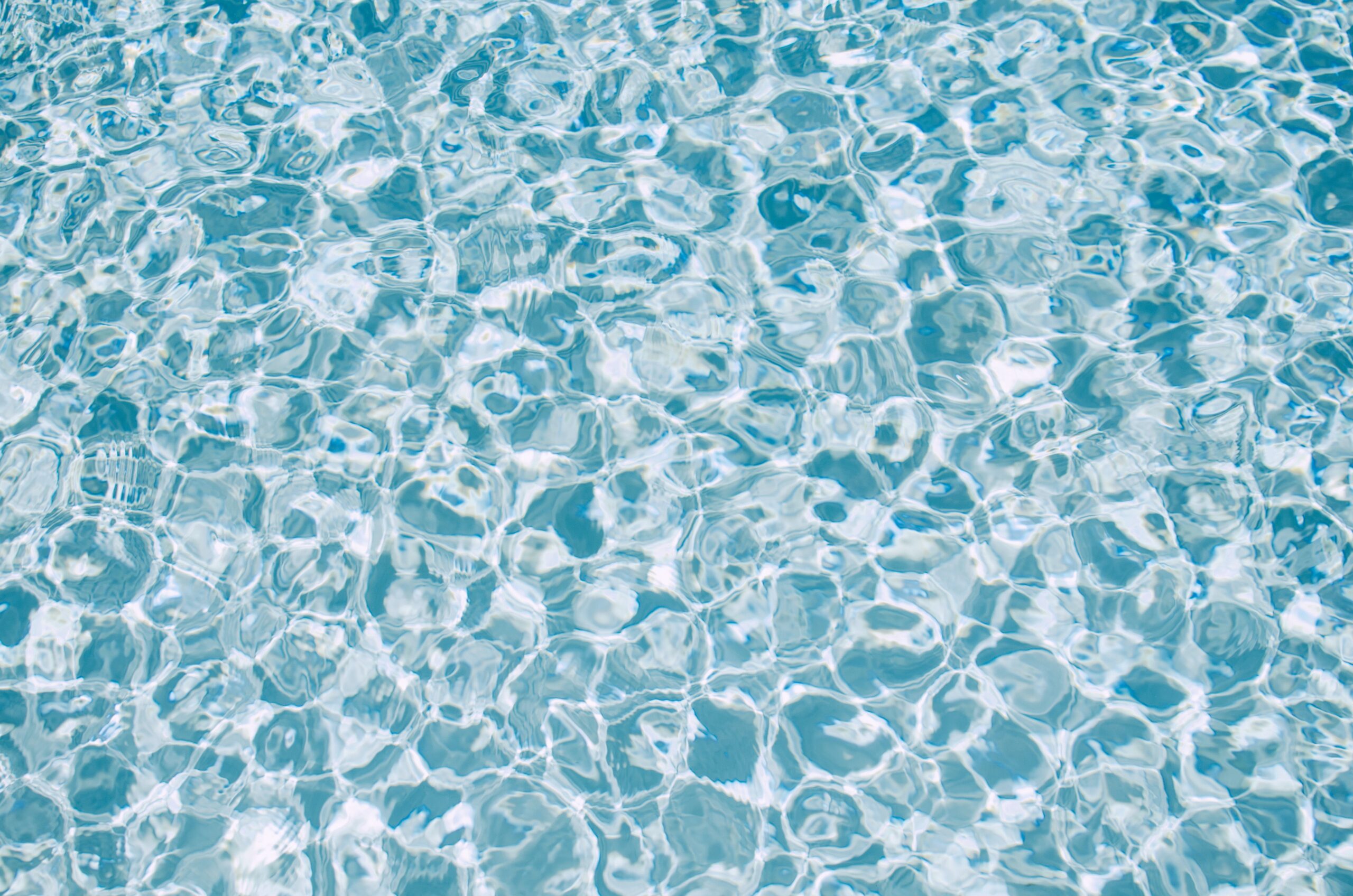
Safe Handling and Storage of Well Water
Using Clean and Sanitary Containers
When collecting and storing well water, it is important to use clean and sanitary containers. Choose containers that are specifically designed for water storage and are made from food-grade materials. Avoid using containers that have previously held chemicals or other non-potable substances, as they may contaminate the water. Ensure that the containers are thoroughly cleaned and sanitized before use to prevent any potential introduction of bacteria or contaminants.
Properly Storing Well Water
The way you store well water can also impact its safety and quality. Store the water in a cool and dark place to minimize the growth of bacteria and other microorganisms. Avoid exposure to direct sunlight, extreme temperatures, or any potential sources of contamination. If storing water for an extended period, consider rotating the stored water periodically to maintain its freshness. Proper storage practices help ensure that the well water remains safe and suitable for consumption.
Avoiding Cross-Contamination
To prevent cross-contamination, it is important to avoid any direct contact between well water and potential sources of contamination. When using well water for activities such as cleaning dishes, food preparation, or personal hygiene, ensure that you are using separate utensils and equipment specifically designated for well water use. This minimizes the risk of introducing contaminants from other water sources or surfaces. By following proper hygiene practices and avoiding cross-contamination, you can maintain the safety and integrity of your well water.
Educating Yourself and Others
Learning About Potential Sources of Contamination
Knowledge is a powerful tool in preventing well water contamination. Take the time to educate yourself about the potential sources of contamination in your area. Understand the local geology and hydrology, and be aware of any nearby activities or industries that may pose a risk to your well water. Stay informed about any changes or updates in regulations or guidelines related to well water safety. The more you know about potential sources of contamination, the better equipped you will be to protect your well water.
Adopting Best Practices for Personal Hygiene
Personal hygiene is an important aspect of maintaining well water safety. Practicing proper hygiene habits can help prevent the introduction of contaminants into your well water. Ensure that you and your family members wash your hands thoroughly before handling well water or any equipment that comes in contact with the water. Use antibacterial soap and clean, running water for effective handwashing. Additionally, avoid bathing or swimming near the well to prevent the introduction of potentially harmful substances into the water supply.
Teaching Others about Well Water Safety
Sharing your knowledge and experiences with others can make a significant impact in promoting well water safety. Educate your family, friends, and neighbors about the importance of regular testing, proper well maintenance, and safe handling practices. Encourage them to adopt best practices to protect their well water and provide resources or guidance whenever possible. By spreading awareness and knowledge, we can create a community that prioritizes well water safety and collectively works towards preventing contamination.
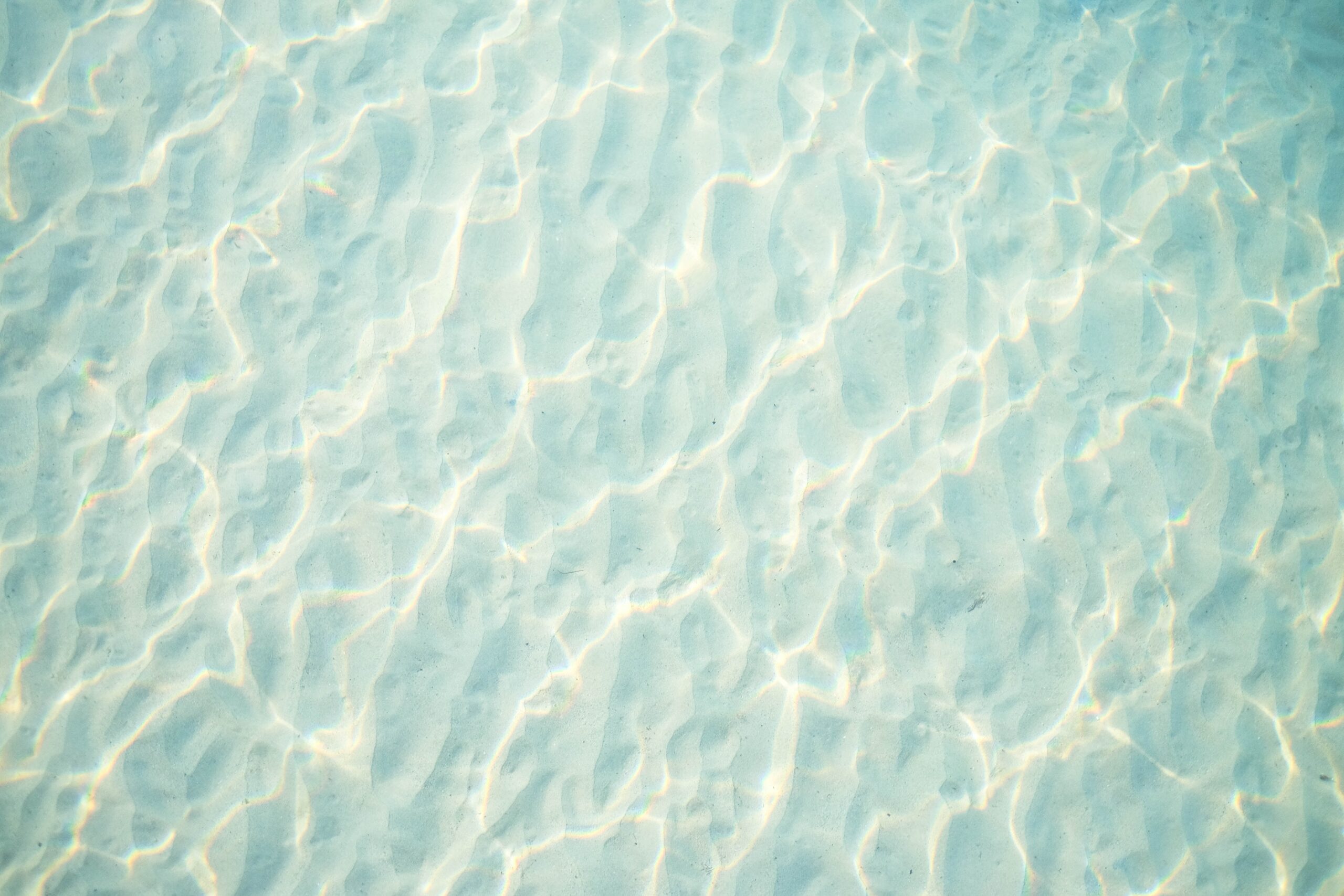
Knowing the Warning Signs of Contamination
Recognizing Common Symptoms of E. Coli Infection
Being able to recognize the common symptoms of an E. coli infection can help you take prompt action in case of a potential contamination event. Symptoms of E. coli infection may include severe stomach cramps, diarrhea (often bloody), vomiting, and fever. These symptoms can appear within a few days of consuming contaminated water or food. If you or anyone in your household experiences these symptoms, it is important to seek medical attention and notify the appropriate authorities to ensure that the necessary steps are taken to address the contamination and prevent further spread.
Being Alert to Changes in Water Appearance, Taste, or Smell
Changes in the appearance, taste, or smell of your well water can be an indication of potential contamination. If you notice any unusual cloudiness, discoloration, or particles in the water, it is essential to investigate further. Unpleasant or unusual tastes or odors may also suggest the presence of contaminants. While these changes may not necessarily be caused by E. coli, they should not be ignored. Contact a water testing laboratory or a water treatment specialist to perform a comprehensive analysis of your water and determine the cause of the changes.
Reacting Promptly to Potential Contamination
Prompt action is crucial when you suspect or identify potential contamination in your well water. If you receive a positive E. coli test result or notice any warning signs, it is important to take immediate steps to address the issue. Discontinue the use of the well water for drinking, cooking, or any other activity until the contamination is resolved. Contact your local health department or water authority to report the contamination and seek guidance on the necessary actions to be taken. By reacting promptly to potential contamination, you can protect your health and prevent further spread of harmful bacteria.
Proper Handling of Animal Waste
Managing Livestock Waste Responsibly
If you have livestock near your well, managing their waste responsibly is essential to prevent contamination. Ensure that animal waste is properly collected, contained, and disposed of in a manner that minimizes the risk of it reaching the well. Establish designated areas for waste storage, composting, or treatment, and ensure that they are located a safe distance away from the well. Implement proper waste management practices, such as regular cleaning of animal pens or stalls, to prevent the accumulation of waste and minimize the risk of contamination.
Preventing Animal Waste Runoff
Animal waste runoff can pose a significant risk to well water quality. It is important to implement measures to prevent runoff from reaching your well. Create appropriate drainage systems or berms to divert any excess water away from the well area. Avoid over-irrigating areas near the well to prevent the leaching of nutrients or contaminants into the groundwater. By taking proactive steps to prevent animal waste runoff, you can help safeguard the quality of your well water.
Implementing Proper Waste Disposal Techniques
Proper waste disposal techniques are crucial when it comes to preventing contamination. If you have any non-livestock animals, such as pets, ensure that their waste is promptly collected and disposed of properly. Avoid disposing of animal waste in or near the well or any water sources. Consider using biodegradable bags or designated pet waste disposal systems to ensure the responsible management of animal waste. By implementing proper waste disposal techniques, you can mitigate the risk of contamination and maintain the safety of your well water.
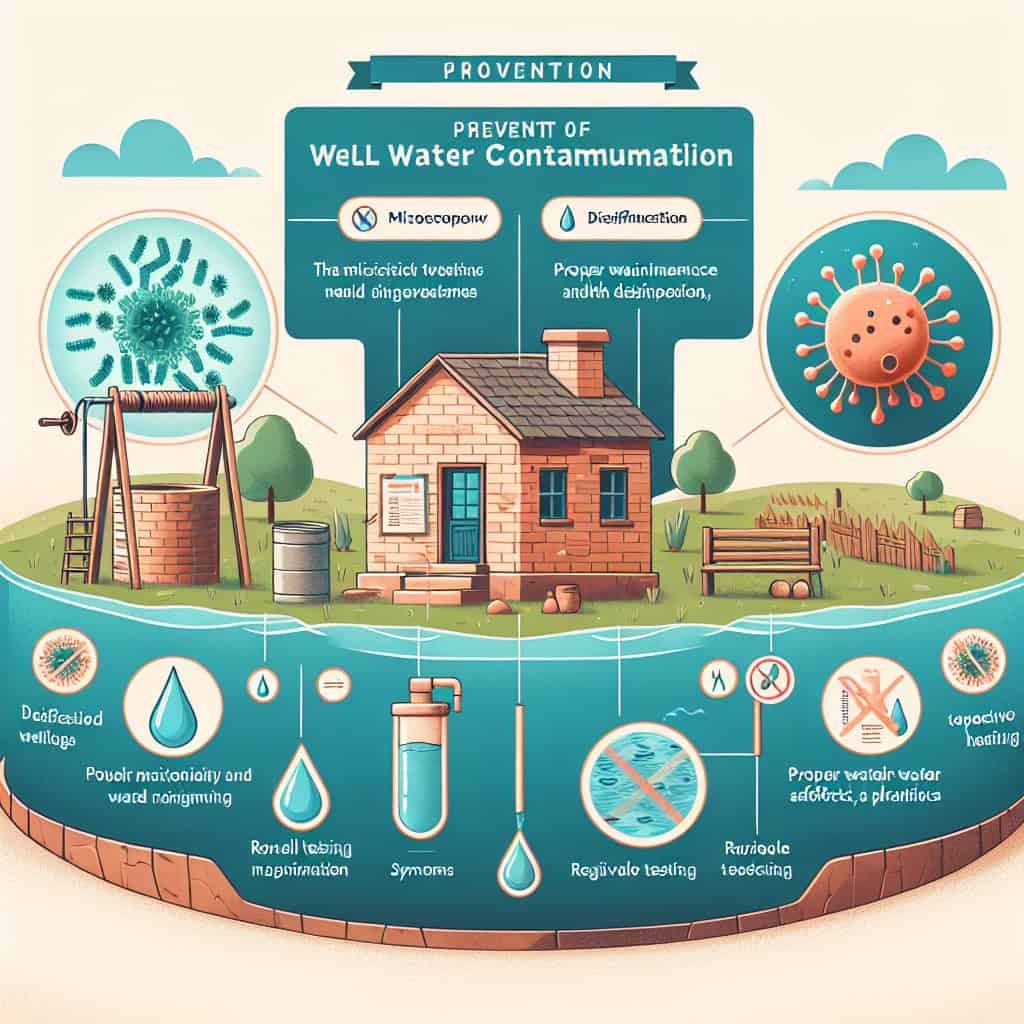
Implementing Water Conservation Practices
Reducing the Risk of Contamination Through Water Conservation
Water conservation practices not only help conserve this valuable resource but also reduce the risk of contamination. By using water efficiently, you can minimize the amount of wastewater generated and lower the chances of contamination reaching your well. Avoid overwatering lawns or gardens, as excess water can carry contaminants into the groundwater. Fix any leaks promptly to prevent the loss of water and potential entry of contaminants through damaged pipes. By implementing water conservation practices, you contribute to both environmental sustainability and well water safety.
Implementing Rainwater Collection Systems
Rainwater can be a valuable source of water for various non-potable uses, thereby reducing the reliance on well water. Implementing rainwater collection systems can help alleviate the strain on your well and minimize the risk of contamination. Install rain barrels or larger collection systems to capture and store rainwater for activities such as watering plants, cleaning, or irrigation. Ensure that the rainwater collection system is properly designed, maintained, and does not pose any risk of cross-contamination with the well water. Properly treated rainwater can serve as a sustainable alternative to using well water for non-potable purposes.
Using Water-Efficient Appliances
Replacing old, inefficient appliances with water-efficient ones can have a positive impact on both water conservation and well water safety. Water-efficient appliances, such as low-flow toilets, showerheads, and faucets, can significantly reduce water consumption without compromising performance. By using these appliances, you not only conserve water but also minimize the amount of wastewater generated, thereby reducing the risk of contamination reaching your well. Consider upgrading to water-efficient appliances to promote both sustainability and the safety of your well water.
Seeking Professional Assistance
Consulting with a Water Treatment Specialist
If you are unsure about the quality of your well water or need guidance on water treatment options, it is advisable to consult with a water treatment specialist. A qualified professional can assess the characteristics of your well water, identify any potential contaminants, and recommend appropriate treatment methods. They can also provide valuable insights on well maintenance, regular testing, and best practices to ensure the safety of your water supply. By seeking professional assistance, you can make informed decisions about well water treatment and maintenance, ultimately protecting your health and well-being.
Obtaining Expert Advice on Well Maintenance
Maintaining a well requires regular upkeep and occasional repairs. If you are not familiar with well maintenance procedures or need assistance with complex tasks, consider obtaining expert advice. A well maintenance professional can inspect your well, identify any potential issues, and provide recommendations on necessary repairs or improvements. They can also guide you on preventive measures to minimize the risk of contamination. Seeking expert advice and assistance ensures that your well is properly maintained, reducing the chances of contamination and prolonging the lifespan of your well system.
Seeking Help in Resolving Water Contamination Issues
In the unfortunate event of a water contamination issue, it is crucial to seek help from the appropriate authorities or professionals. Contact your local health department, water authority, or environmental agency to report the contamination and seek guidance on necessary actions. They can provide valuable assistance in investigating the source of contamination, assessing the extent of the problem, and implementing remedial measures. By working with the relevant experts, you can resolve water contamination issues efficiently and effectively, safeguarding your well water and the health of your household.
In conclusion, preventing well water contamination by E. coli requires a proactive approach that encompasses regular testing and monitoring, protective measures around the well source, proper maintenance and treatment, safe handling and storage practices, education, and prompt action. By following these guidelines and adopting best practices, you can ensure the safety and quality of your well water, protecting yourself and your loved ones from potential health risks. Remember, a well-maintained and properly managed well is the foundation of a safe and reliable water supply.
